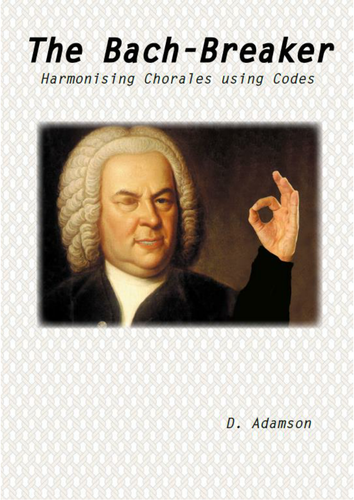Debbie Adamson's Shop
Debbie Adamson has a Master's Degree in Music, Postgraduate Certificate in Education (Qualified Teacher Status), an Honours Degree in Music and other performing and teaching diplomas. She has held Director of Music positions in both state and private schools and one of her A2 lessons was recently graded 'outstanding' by OFSTED. Recent resources are linked specifically to the new EDUQAS A level specification; Area of Study A, C and E and to the GCSE Edexcel Specification.





















